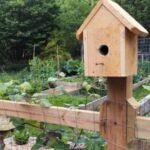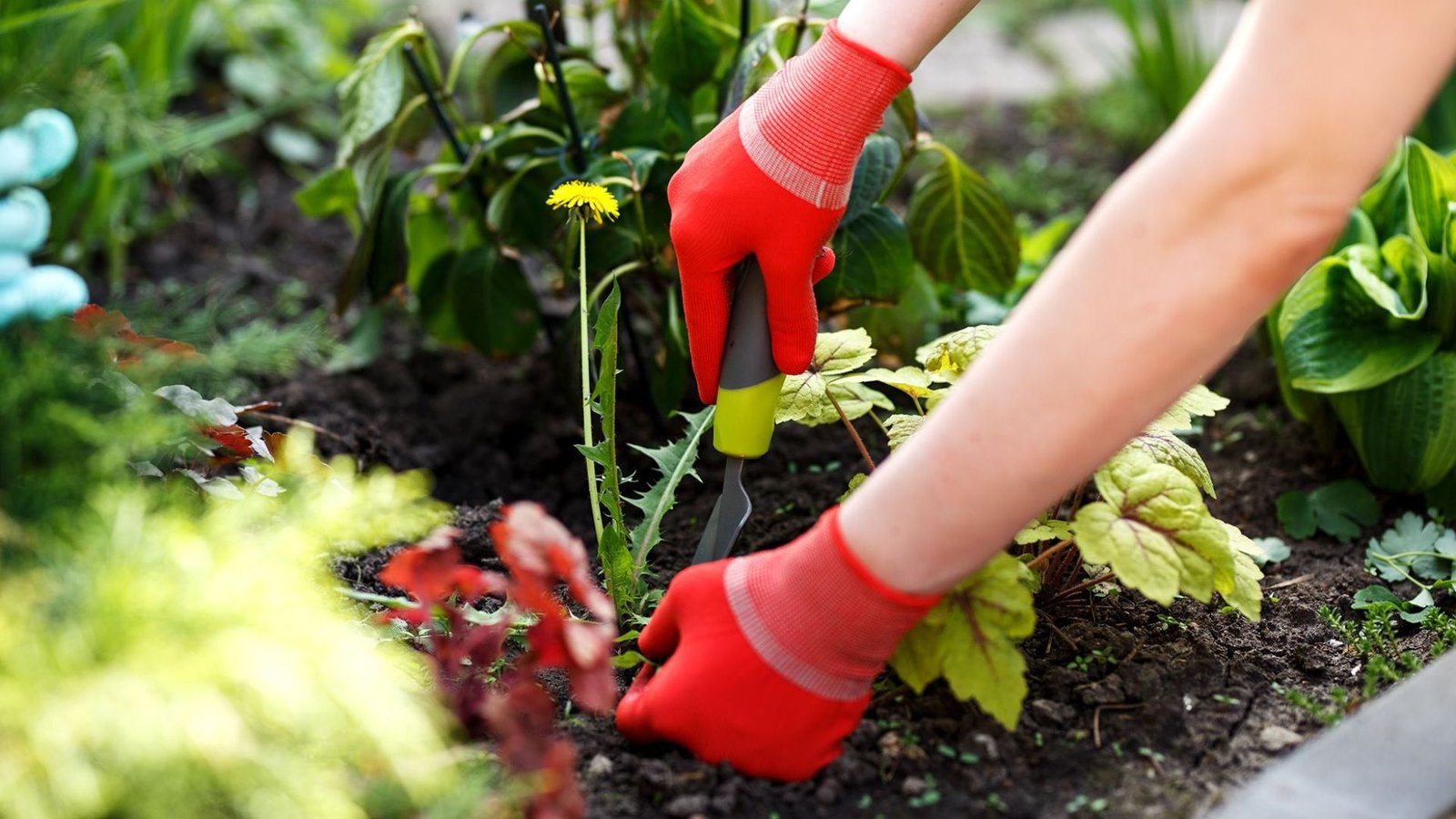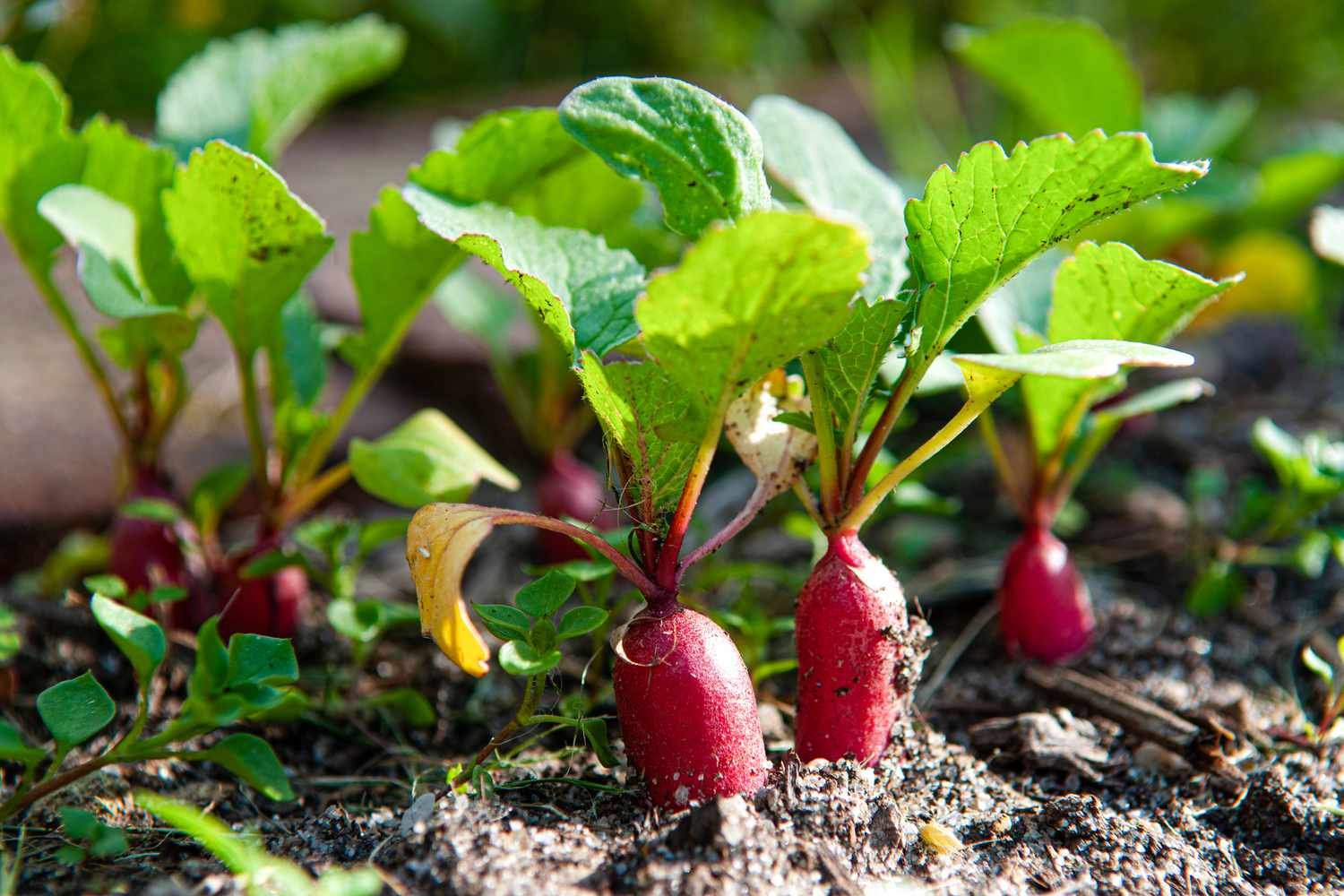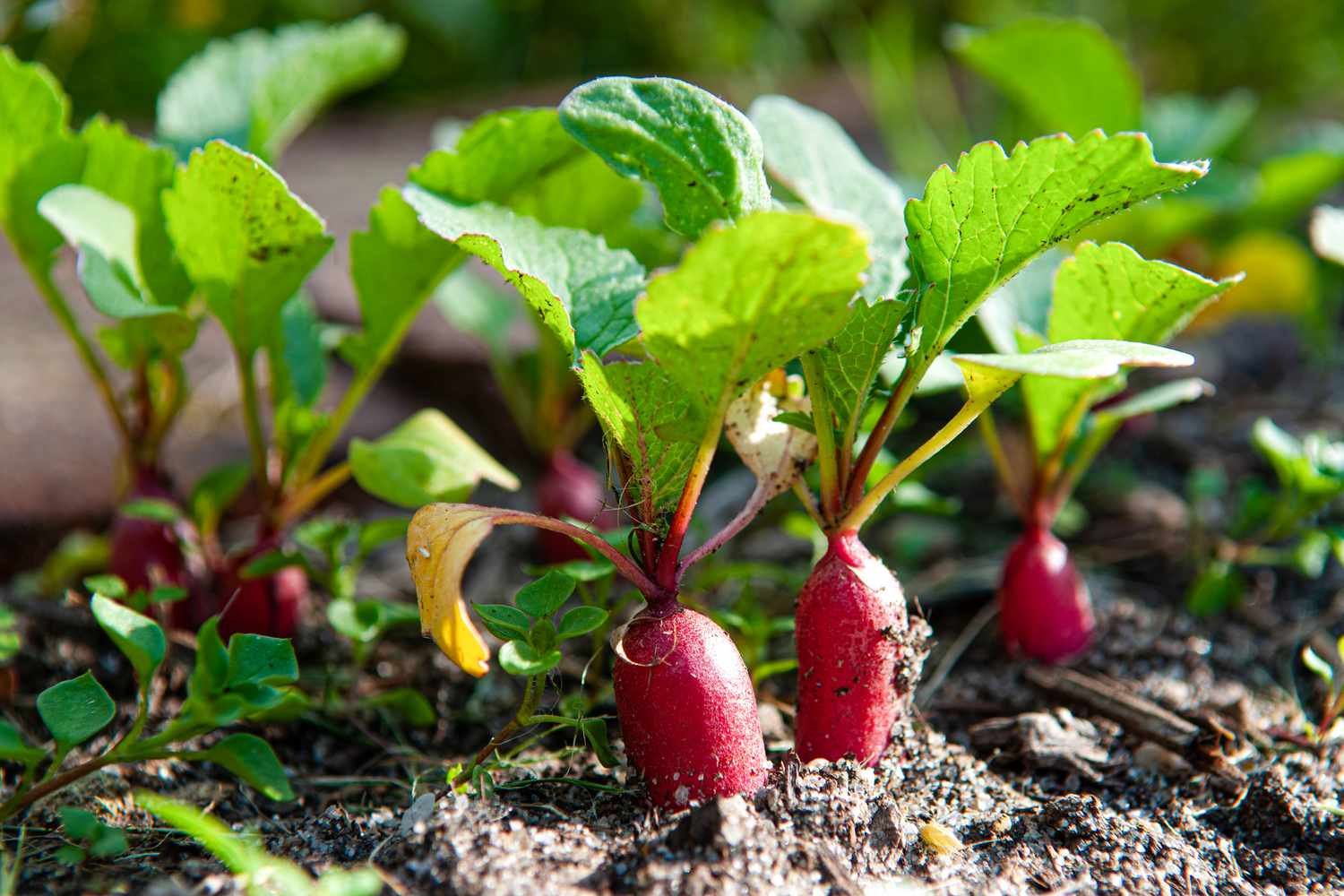Sustainable gardening practices are essential for anyone who wants to create a beautiful, eco-friendly garden. These practices help conserve resources, reduce waste, and support local wildlife. In this article, we will explore some of the best sustainable gardening practices that are easy to follow and beneficial for the environment. Whether you are a seasoned gardener or just starting out, these tips will help you make a positive impact.

Why Choose Sustainable Gardening Practices?
First of all, sustainable gardening practices help reduce the environmental impact of traditional gardening. They conserve water, minimize the use of harmful chemicals, and promote biodiversity. Additionally, these practices can save you money and create a healthier garden. So, let’s dive into some key sustainable gardening practices that you can easily implement.
Composting: Turning Waste into Gold
Sustainable gardening practices start with composting. Composting is an easy way to recycle kitchen scraps and garden waste. It not only reduces the amount of waste sent to landfills but also creates nutrient-rich compost that can improve your soil. Here’s how to get started:
Choose a Compost Bin:
First, select a compost bin or create a compost pile in your garden. There are many types of bins available, from simple plastic containers to elaborate rotating bins.
Add Organic Materials:
Next, collect kitchen scraps like fruit and vegetable peels, coffee grounds, and eggshells. Additionally, add garden waste such as grass clippings, leaves, and small branches. Make sure to mix green (nitrogen-rich) and brown (carbon-rich) materials for the best results.
Turn the Pile:
Regularly turn the compost pile to aerate it and speed up the decomposition process. In a few months, you will have rich, dark compost to add to your garden soil.
Water Conservation: Using Less for More
Water is a precious resource, and conserving it is a crucial part of sustainable gardening practices. Here are some effective ways to use water wisely:
Install a Rain Barrel:
First, collect rainwater by installing a rain barrel under your downspout. This water can be used to irrigate your garden, reducing your reliance on tap water.
Use Mulch:
Next, spread mulch around your plants to retain moisture in the soil. Mulch also helps prevent weeds and keeps the soil cool.
Water Wisely:
Additionally, water your garden early in the morning or late in the evening to minimize evaporation. Use a soaker hose or drip irrigation system to deliver water directly to the roots of your plants.
Organic Gardening: Growing Without Chemicals
Organic gardening is another key component of sustainable gardening practices. It involves growing plants without the use of synthetic chemicals. Here are some tips to get started:
Choose Organic Seeds:
First, select organic seeds and plants that are suited to your local climate. This helps ensure they will thrive without the need for chemical interventions.
Make Natural Fertilizers:
Next, use compost and other natural fertilizers to feed your plants. You can also make your own liquid fertilizers from ingredients like fish emulsion or seaweed extract.
Control Pests Naturally:
Additionally, manage pests with natural methods. Introduce beneficial insects like ladybugs and predatory beetles to your garden. Use neem oil or insecticidal soap to control harmful pests.
Supporting Local Wildlife: Creating a Habitat
Supporting local wildlife is an important part of sustainable gardening practices. Here are some ways to create a wildlife-friendly garden:
Plant Native Species:
First, choose native plants that provide food and shelter for local wildlife. Native plants are well-adapted to your area and require less water and maintenance.
Provide Water Sources:
Next, set up a birdbath or small pond to provide water for birds, insects, and other animals. Make sure to keep the water clean and fresh.
Create Shelter:
Additionally, create shelter by leaving some areas of your garden wild. Piles of leaves, rocks, and logs can provide hiding places for small animals.
Conclusion
In conclusion, by following these sustainable gardening practices, you can create a beautiful, eco-friendly garden that benefits both you and the environment. From composting and water conservation to organic gardening and supporting local wildlife, these practices are easy to implement and make a big difference. Remember, sustainable gardening is not just a trend; it’s a way to ensure that our gardens thrive for generations to come. So, start today and enjoy the many rewards of a sustainable garden.











